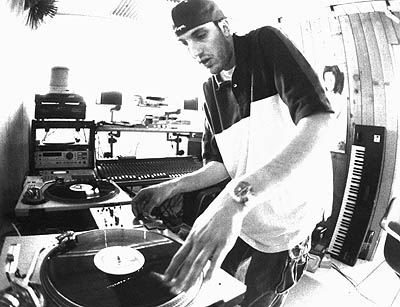
| History |
|||||||||||
| In 1877 Thomas Edison introduced the world to his "talking machine": a rotating drum of tinfoil with embossed indentations that produced noise when a stylus was passed over it. However each "record" could only be played once and the sound quality was reported to be appalling. By 1887 the German-American Emil Berliner had invented the Gramophone. This device used a flat disc and was driven by a motor (developed by Elridge Johnson) and thus the first record player was born.
| |||||||||||

|
Initially discs rotated at 78 rpm, which provided 4.5 minutes of playing time per side. Under pressure from lazy consumers, who quickly bored of changing their records every five minutes, the Long Player was introduced in 1948. Rotating at 331/3 rpm the long player could cope with up to 30 minutes of music per side. In 1949 the 45 rpm speed was introduced for singles. The next major advance occurred in 1949 with the advent of the stereophonic disc. With two separate channels of sound in the same grove it soon supplanted mono recordings in the fickle audiophiles heart. Nowadays the kids like nothing better than to congregate in a "night club" and listen to a "disk jockey" who has the latest "tunes" which he is "spinning" at 45rpm. Using twin gramophones and a "mixer" a "DJ" can play one record while simultaneously preparing to play the next one. However this requires a lot of concentration and momentary lapses in attention can result in many of the "scratches" heard in modern music. In the picture to the left a modern disk jockey attempts to control both his gramophones at the same time.
| ||||||||||
| Front | Chemistry | History | How it works | Make your own | Links |
| dcressey@another.co.uk | copyright Daniel Cressey 2001 |